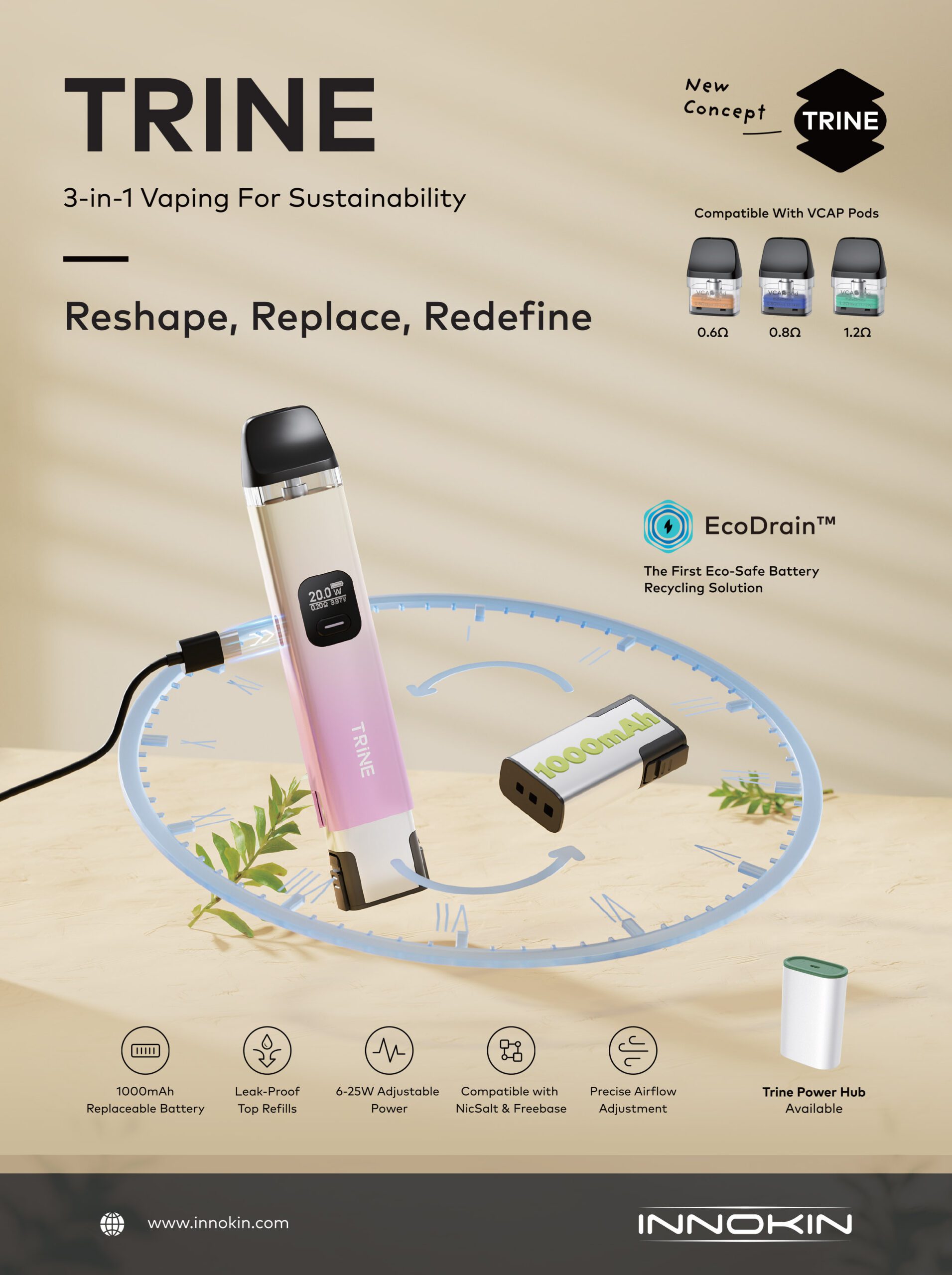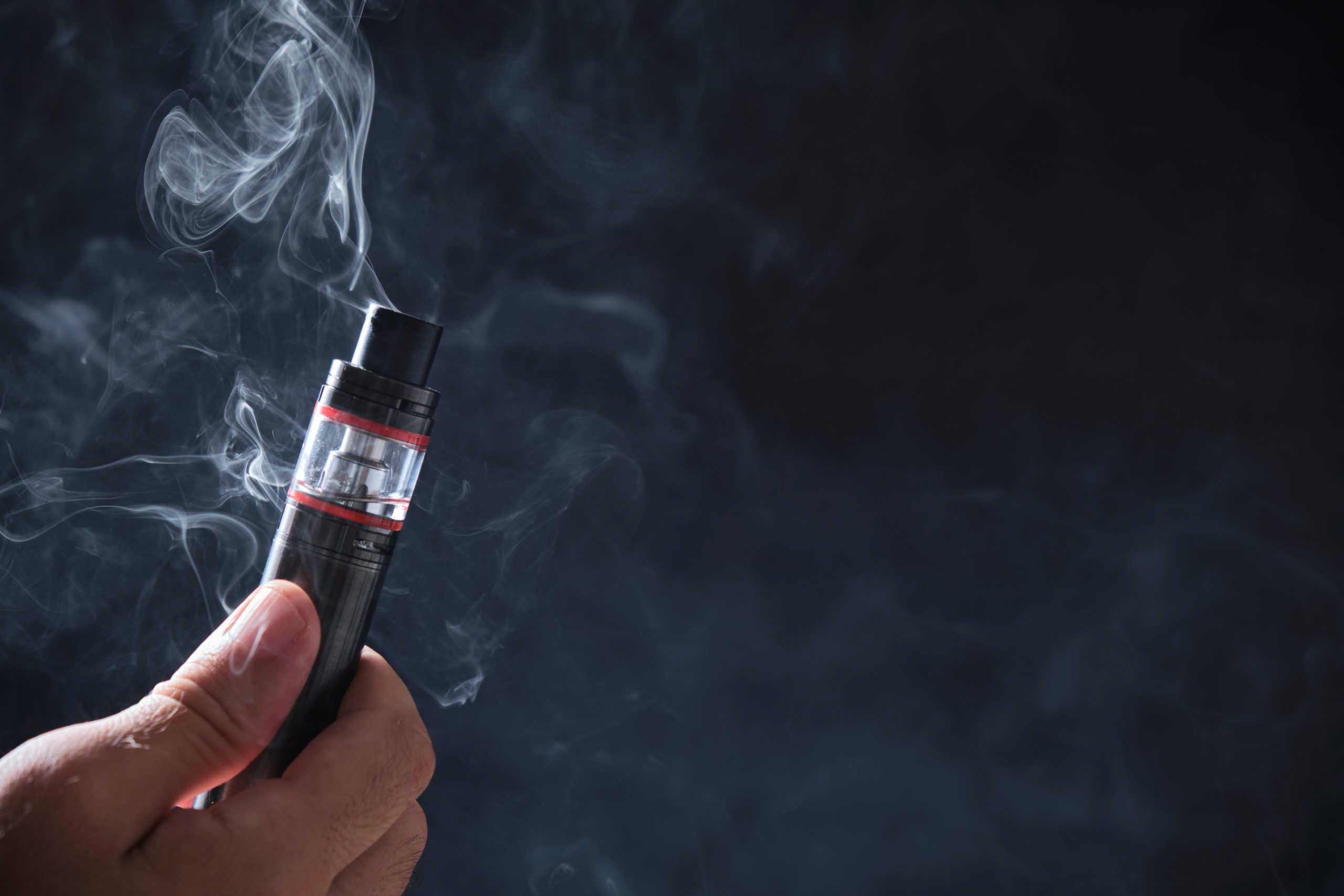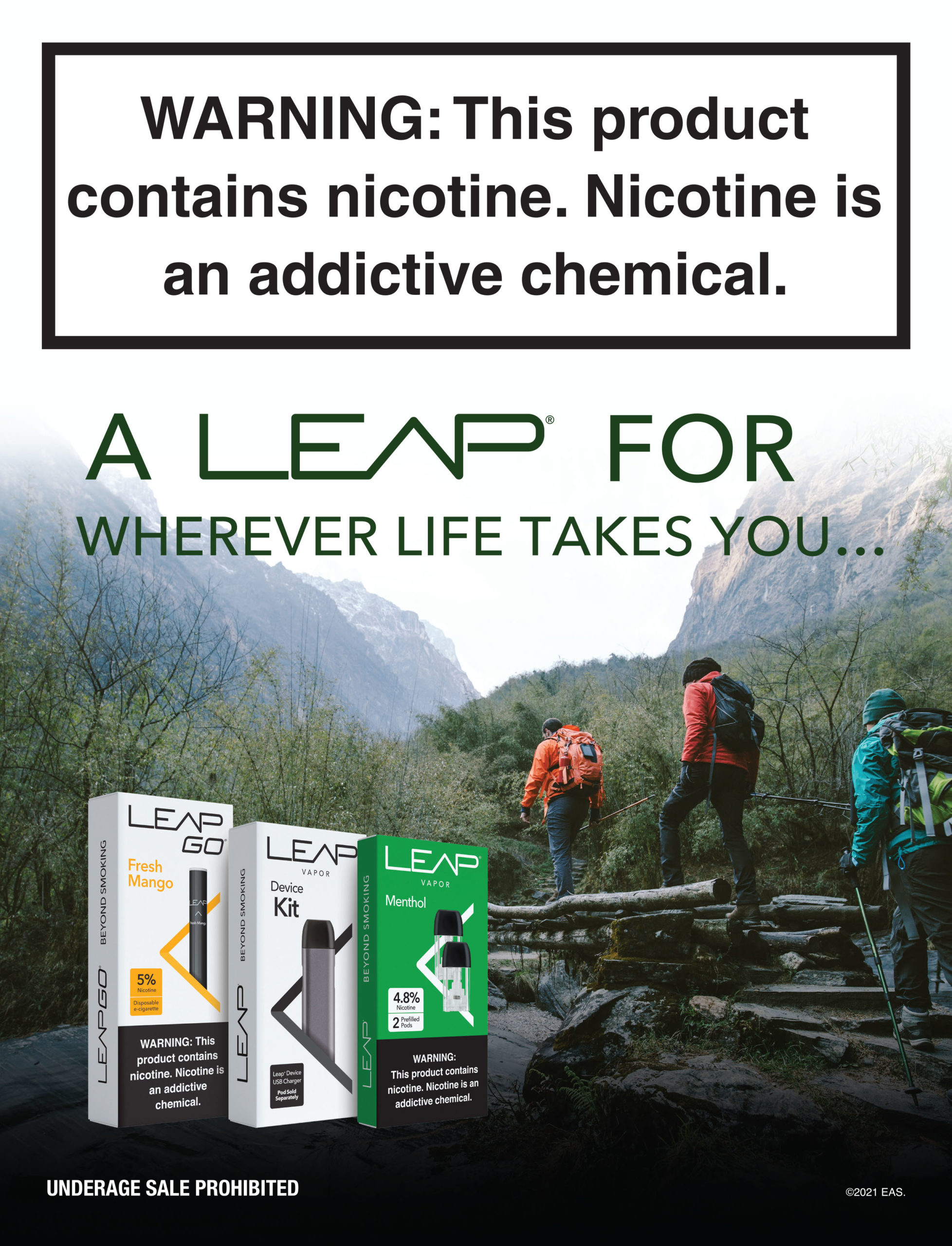
The CTP’s inability to apply its enforcement priorities often leaves state regulators and businesses baffled.
By Rich Hill
The recent onslaught of vapor registry bills in the United States is creating a lot of anxiety. Proposed registries have brought tension to public hearings and drama on social media. Unfortunately, like most current domestic issues, neither side appears to appreciate the perspective of the other. While only a handful of states have enacted product registries, many legislatures have considered and/or are considering such legislation. Understanding what these registries do, why they are promoted and their consequences is essential for all sides of this debate.
Rationale for Developing Vapor Product Registries
At present, the U.S. Food and Drug Administration’s Center for Tobacco Products (CTP) has granted marketing authorization for only a handful of tobacco-flavored vapor products and insists that all other vapor products are illegal. That said, the CTP has communicated its enforcement priorities related to deemed products numerous times. More specifically, the CTP has indicated its intention to prioritize enforcement efforts concerning certain deemed tobacco products (1) not covered by timely filed premarket tobacco product applications (PMTAs), (2) that have been the subject of marketing denial orders or those covered by PMTAs subject to negative determinations, including those rejected on procedural grounds (i.e., refuse-to-accept or refuse-to-file letters), and (3) that raise youth-use concerns.
Unfortunately, the CTP’s inability to apply these enforcement priorities consistently to the ever-changing and large number of unscrupulous manufacturers often leaves state regulators and businesses baffled about which products are at increased risk of enforcement action.
In short, this circumstance, with thousands of products remaining the subject of pending PMTAs that fall outside of the scope of the CTP’s enforcement priorities being sold alongside thousands of noncompliant flavored disposable vapor products, many of which fall within the scope of the FDA’s enforcement priorities, creates confusion in the marketplace and for state product regulators. Given the shortfalls in enforcement against vapor products that are not the subject of still-pending PMTAs, state tobacco regulators need a mechanism by which to determine which products should and should not be sold in their states—hence the value of vapor product registries.

How Do Vapor Product Registry Bills Work?
Vapor product registry bills establish registries requiring companies to submit evidence demonstrating that products that have FDA marketing granted orders are the subject of pending PMTAs filed by specified dates related to PMTA deadlines or are the subject of administrative or judicial reviews. For example, registration in Louisiana requires manufacturers to attest to the marketing granted or still-pending PMTA status of each product and pay a registration fee. Then these products will be placed on a public-facing registry.
Positive Aspects of Product Registry Bills
Regardless of one’s position on registry bills, the legislation at least has the potential to create positive change. By way of example, registry bills can:
- Provide objective criteria. Vapor product registries can theoretically provide objective criteria upon which wholesalers and retailers can rely in making purchasing decisions. While there will be fewer products available, these products may be purchased without the threat of state regulatory enforcement.
- Supplement CTP enforcement resources. The CTP has limited enforcement resources. While flavored disposable vapor products have been a high enforcement priority for the center, these products still proliferate the retail space. Vapor registries could aid in making up for the CTP’s enforcement limitations.
- Target youth-friendly products. The 2023 National Youth Tobacco Survey reported that certain flavored disposable vapor products make up the majority of products used by youth. Registries may help in clearing the market of these products that lack pending PMTAs and are the most popular among youth.
- Generate Revenue. Of course, registries also provide another revenue stream for state governments. With registration fees for each product, the amounts are not insignificant.
Consequences of Vapor Product Registries
All legislation and policy decisions invariably come with costs. Vapor product registries are no different. Some examples include:
- Inhibit harm reduction efforts. Vapor products are harm reduction tools that benefit adult cigarette smokers seeking to quit or reduce their combustible cigarette use. Prohibiting access to such products prohibits access to the tools necessary to reduce combustible cigarette-related mortality and morbidity.
- May not slow bad actors. Bad actors will continue to be bad actors. If a company violates the rules now, there is little reason to believe that a vapor product registry will prevent such actions.
- Burden state resources. States are continuing to be required to do more without increased resources. In many instances, state tobacco regulatory enforcement agencies may simply lack the resources to effectively enforce registry requirements.
- Innovation outpaces regulation. As the industry has observed before, evolution in the space moves more quickly than the regulatory arms can keep up. Innovative products falling outside of the scope of existing regulatory structures undoubtedly will winnow the effectiveness of product registries in the future. Indeed, most recently, innovations such as nicotine analog products are not covered by most registry bills.
- Prohibitive scope can be too broad. In several instances, products not within the scope of the problem are swept into the “solution.” In a number of cases, modern oral nicotine products—products that sit at the lowest levels of the continuum of risk—are included in these product registry bills, which continues to undercut harm reduction efforts.
Final Thoughts
The problems that created the need for product registry legislation will continue. Until federal regulators embrace a harm reduction agenda and provide adult smokers, who will not or cannot quit, the products that have been demonstrated to assist their transition away from combustible cigarettes, the marketplace, whether legitimate or not, will respond by making them available. Vapor product registries, in and of themselves, will not solve the problems in isolation. The policies driving the need for such registries, ineffectual prohibitionist policies, need attention as well. Until the collective vapor product space, including manufacturers, retailers and consumers, aggressively advocates for policy change, new laws and regulations further limiting the ability to serve adult consumers are likely to evolve.
Richard Hill is senior director of E-Alternative Solutions.







